Food sensitivities? Don’t blame the food. Part 2
The Gut-Immune Barrier
The problem with food sensitivity is often less about the food causing a direct harm to the body and more about a protein within the food being reconized as a foreign invader and stimulating inflammation of the immune system. It's this inflammation that sits at the backbone of most symptoms related to foods sensitivity and many of the typical manifestations of chronic gluten sensitivity: arthritis, irritable bowel, fibromyalgia, auto-immune conditions, osteopenia/porosis.
The reason why this immune irritation is such a burden to the body is that nearly 70% of the body's total immune system resides in the gut. It becomes essential to keep these cells, present in the gut to provide the protection needed against bacteria, yeast and other invaders that enter via the food supply and what we swallow. When it comes to food sensitivity there are two main problems that allow its presence:
1. Inability to break down the food proteins properly
2. Inability for poorly broken down proteins to be kept in the gut and not allowed to get to the immune system for possible irritation
When it comes to breakdown, the digestive system is a coordinated assembly line of breakdown. First amylase in the saliva begins the breakdown of food in the mouth. This combined with chewing is level one. Moving down the esophagus, the chewed food gets to the stomach. Here in level two, acid (which also plays a role in sterilizing what's coming in) breaks things down further. This is why people who suppress acid in the stomach for periods of time (ie. antacids) are more likely to suffer from food sensitivities and overgrowth of unfavorable bugs (ie. overgrowth, which is essentially the anti-probiotics). If all goes well in the stomach it's on to level three, the small intestine. A combination of bile from the gallbladder (digests fat), a variety of enzymes from the pancreas and the probiotics all work on proper food breakdown. The end result is properly broken down nutrients that can be easily absorbed through the gut-immune barrier and into the body for nutrition (figures 1-4 below)
The main reason gluten and casein sit at the top of the food sensitivity pyramid is that they can be difficult to breakdown. Than can be a problem even with normal digestive systems, but particularly if any levels are not working properly. By passing into the small intestine in full form, it makes these proteins more likely to irritate the immune system (figure 5). This is where an intact gut-immune barrier is essential. This barrier is comprised of the intestinal lining cells closely linked and what I call the integrity of the gut, provided by probiotic bacteria and mucous. More on the importance of this layer coming in part 3...
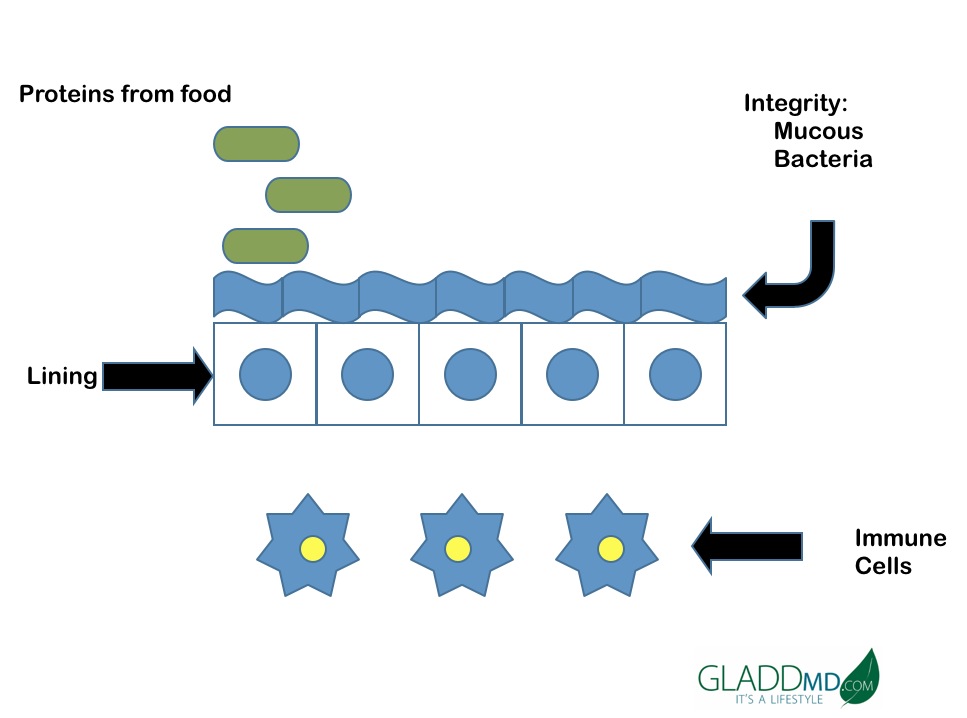
figure 1: food protein broken down in stomach enters small intestine
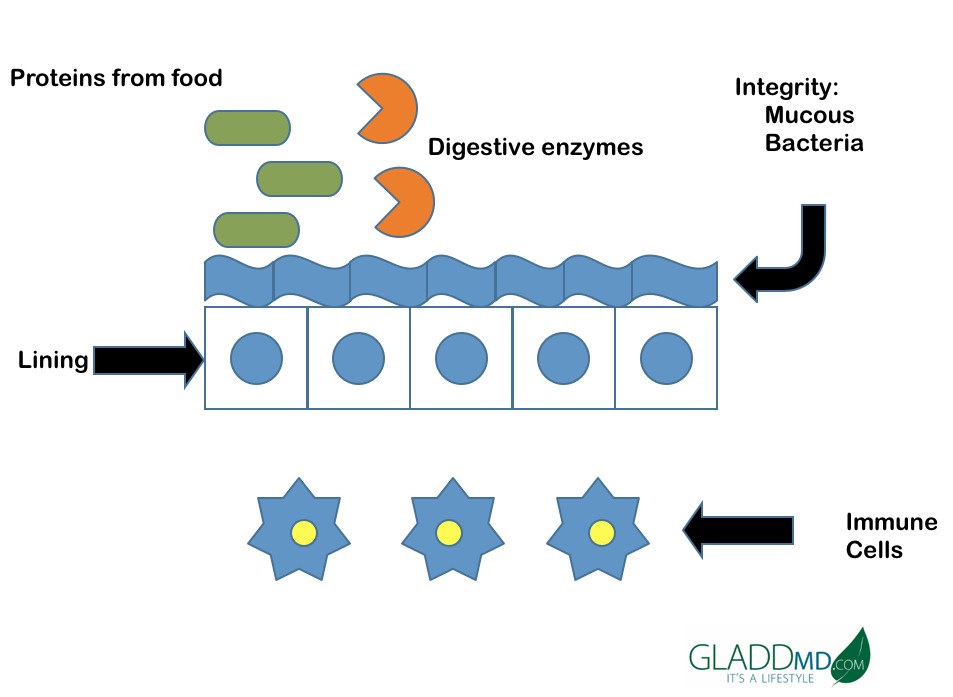
figure 2: digestive enzymes to digest proteins
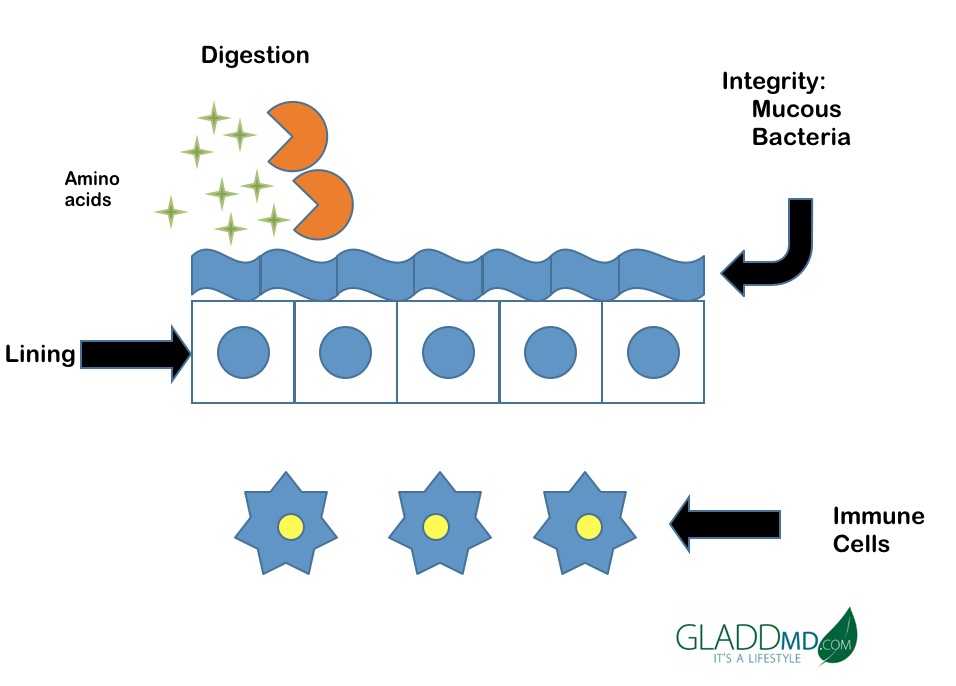
figure 3: proteins digested into amino acids
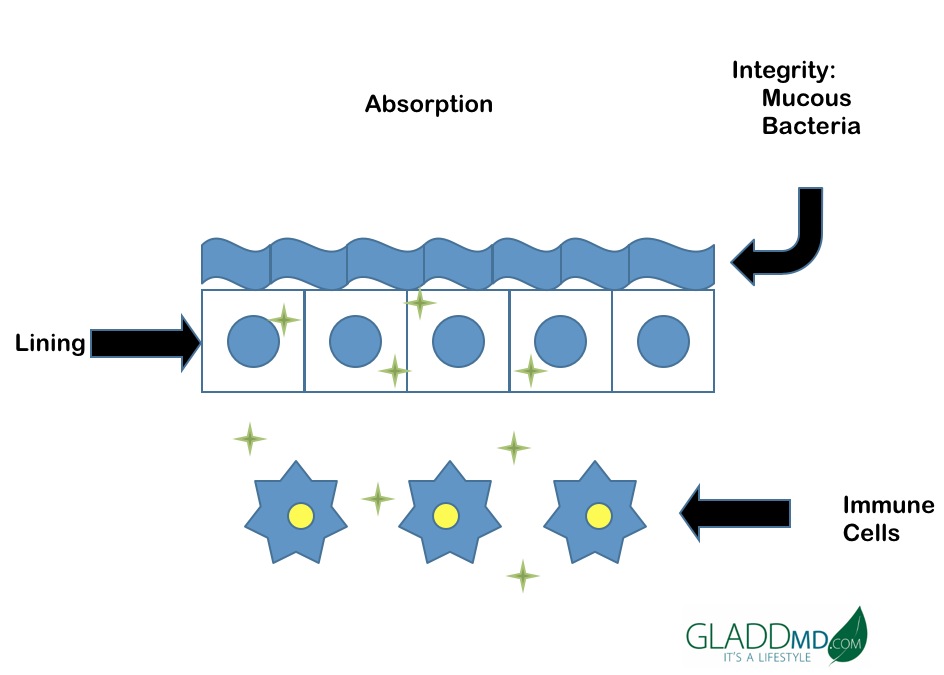
figure 4: amino acids absorbed into body
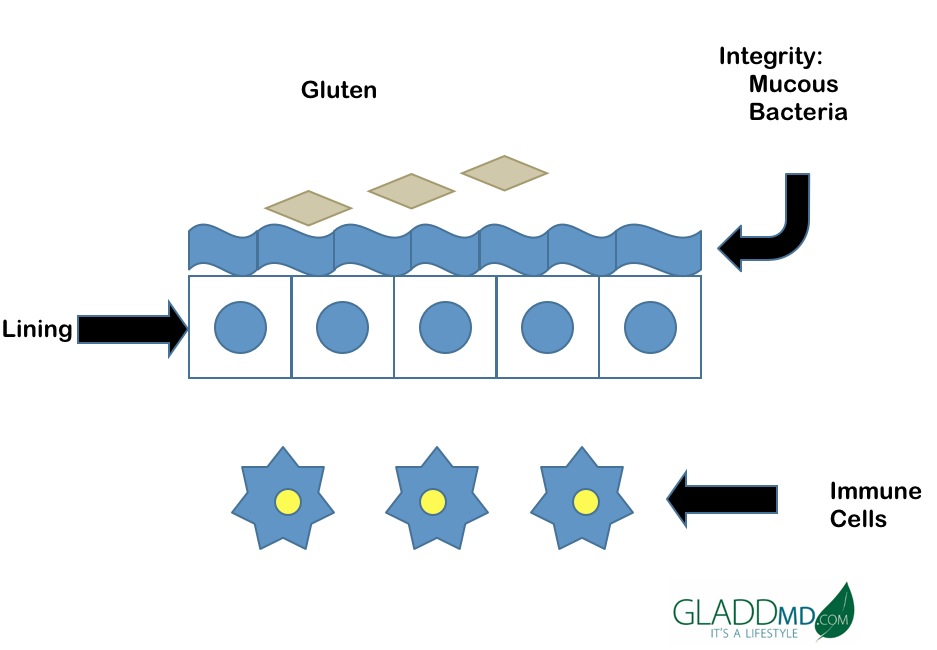
figure 5: gluten to big to pass through intact barrier
Contributed by:
Dr. Jeffrey Gladd
Owner
Dr. Jeffrey Gladd graduated from Indiana University School of Medicine in 2001. He then went on to train in family medicine...
View Full Bio »

